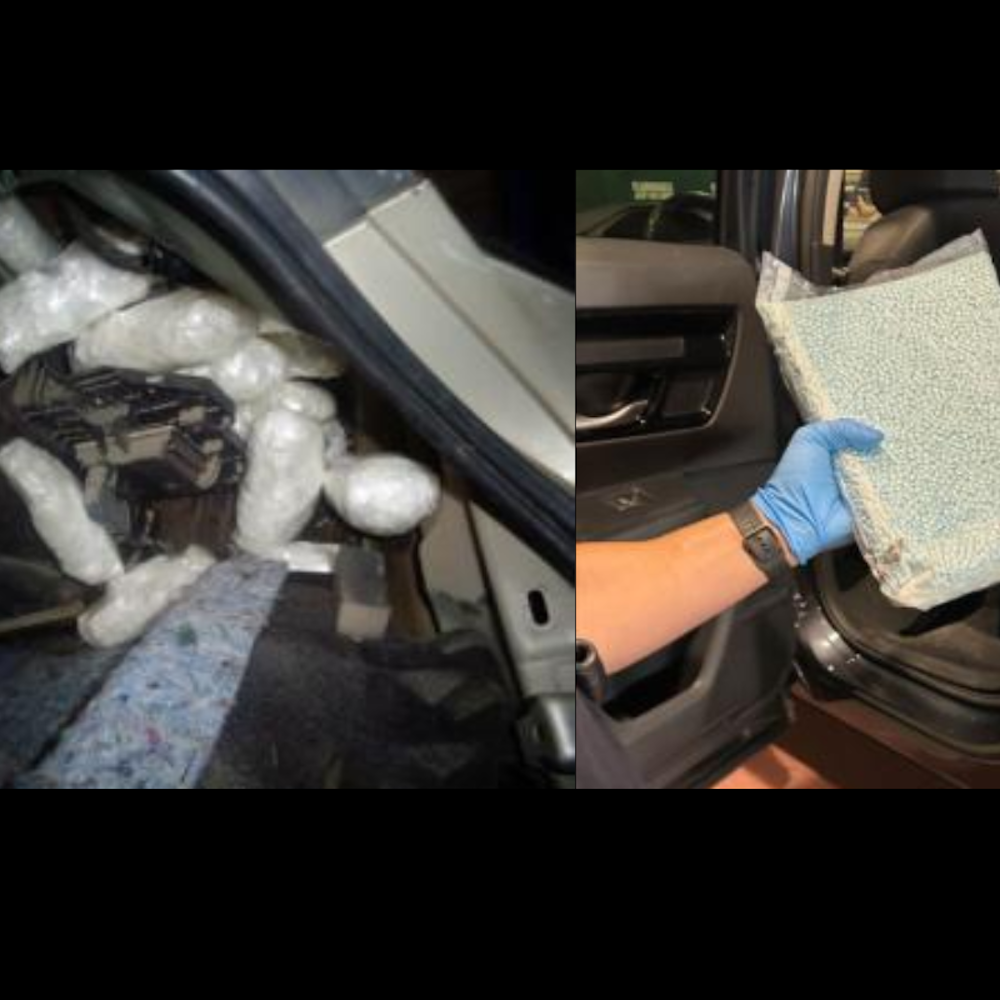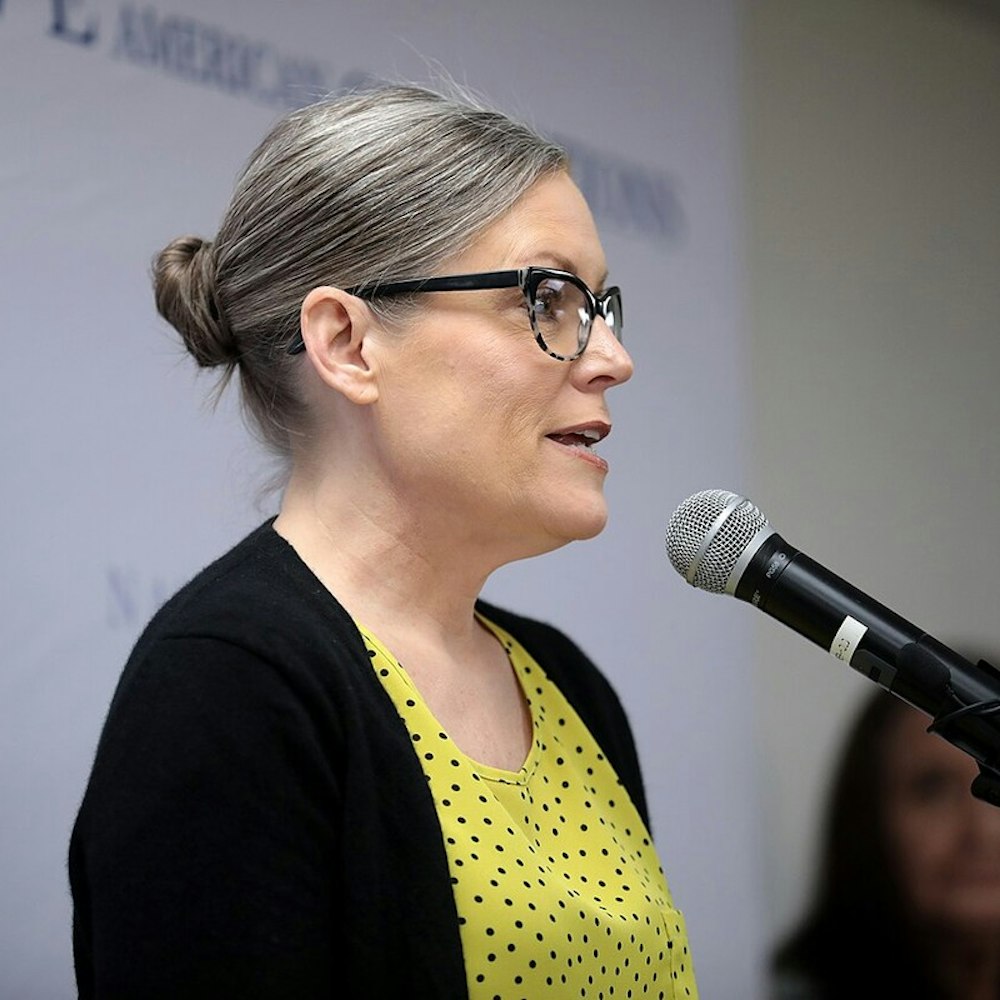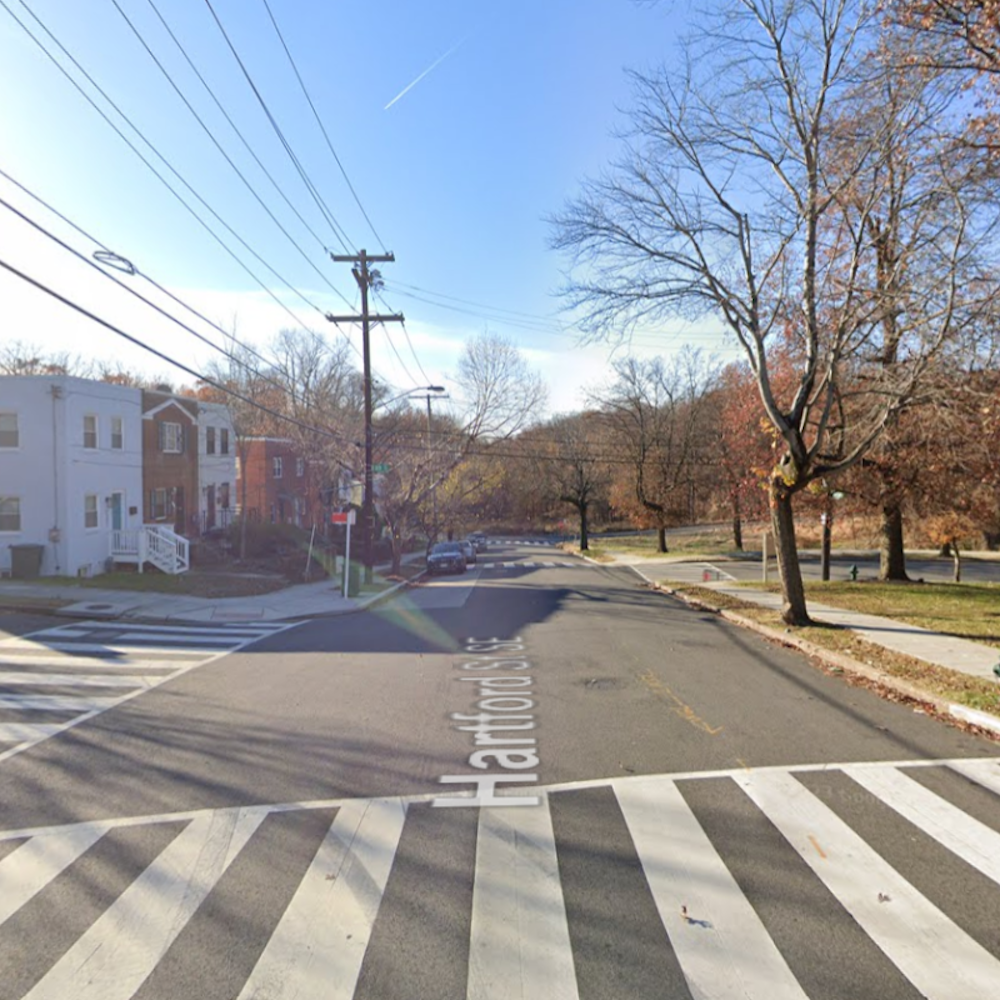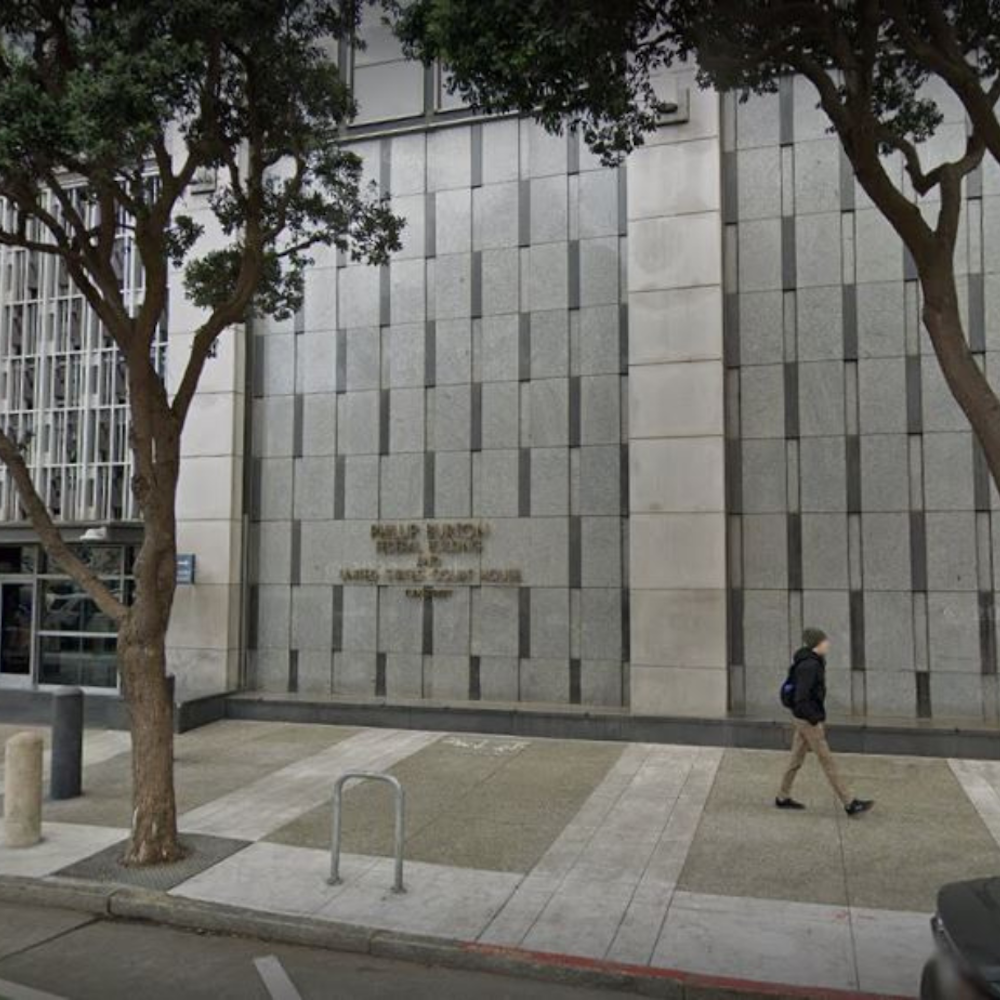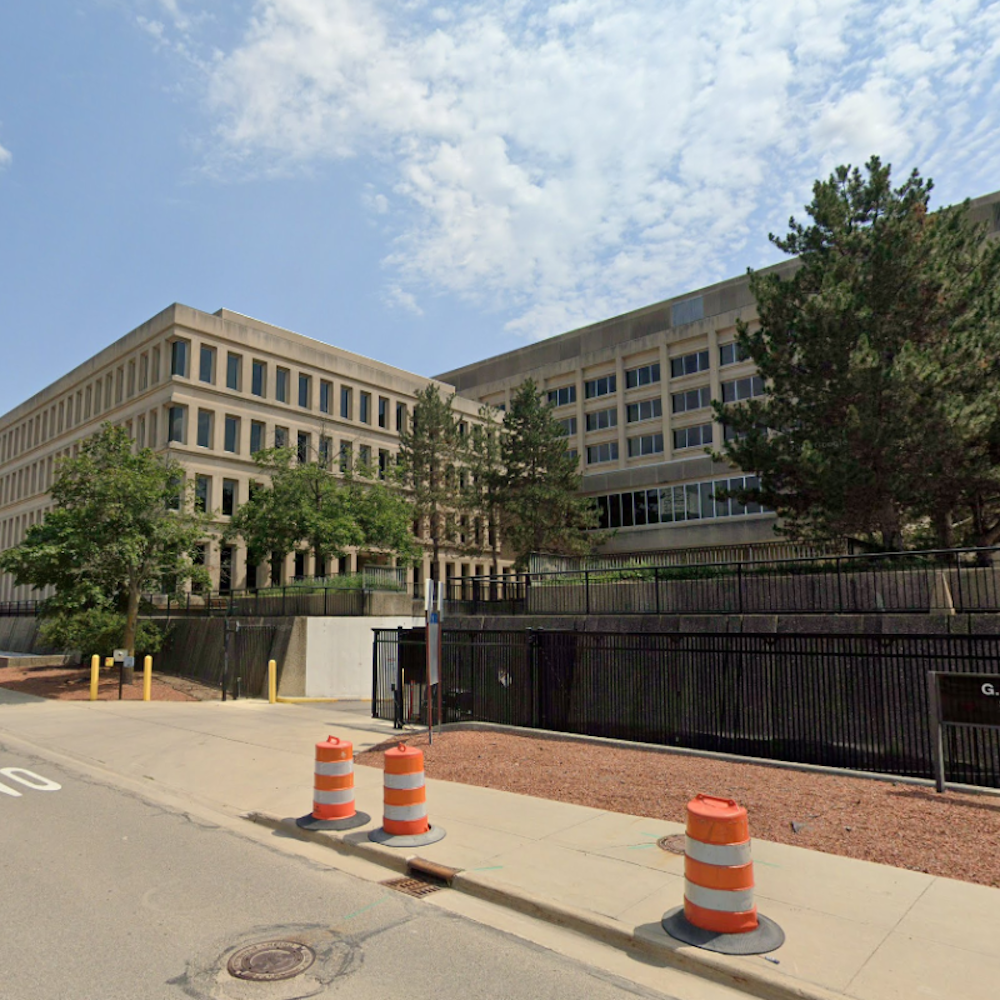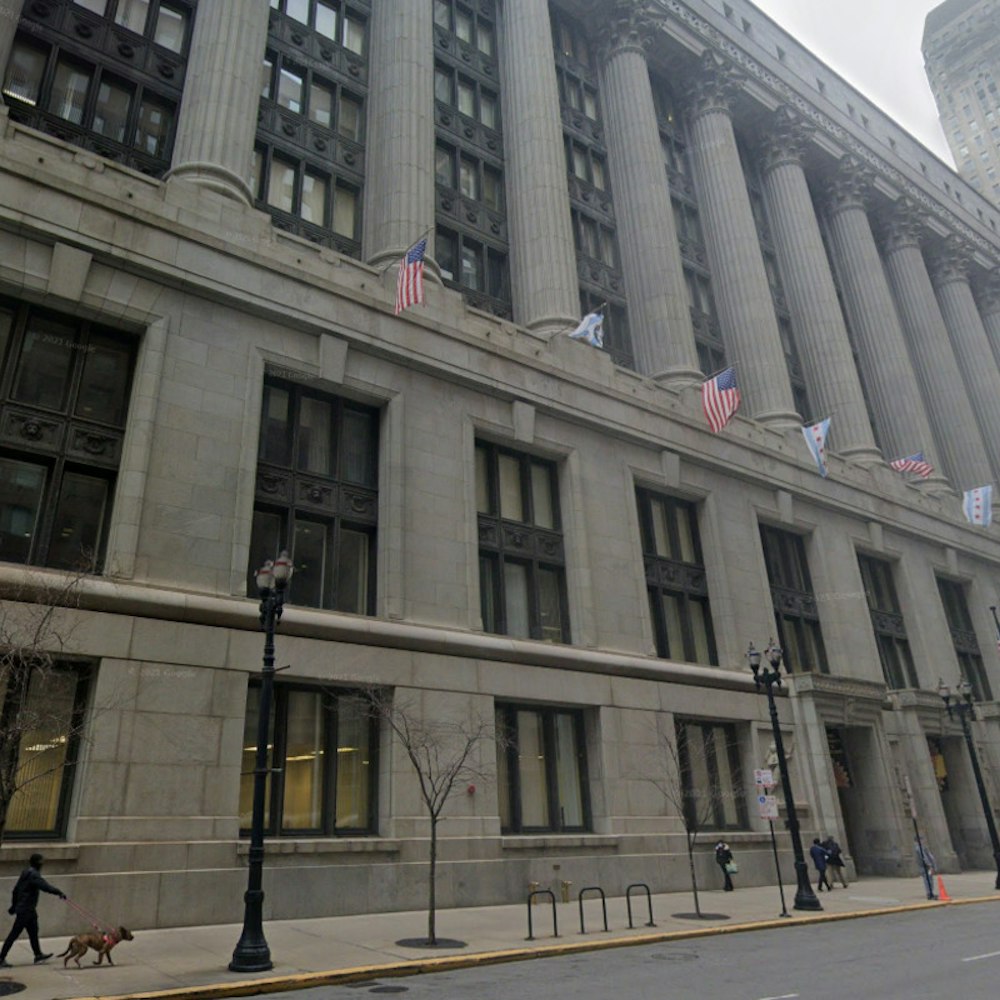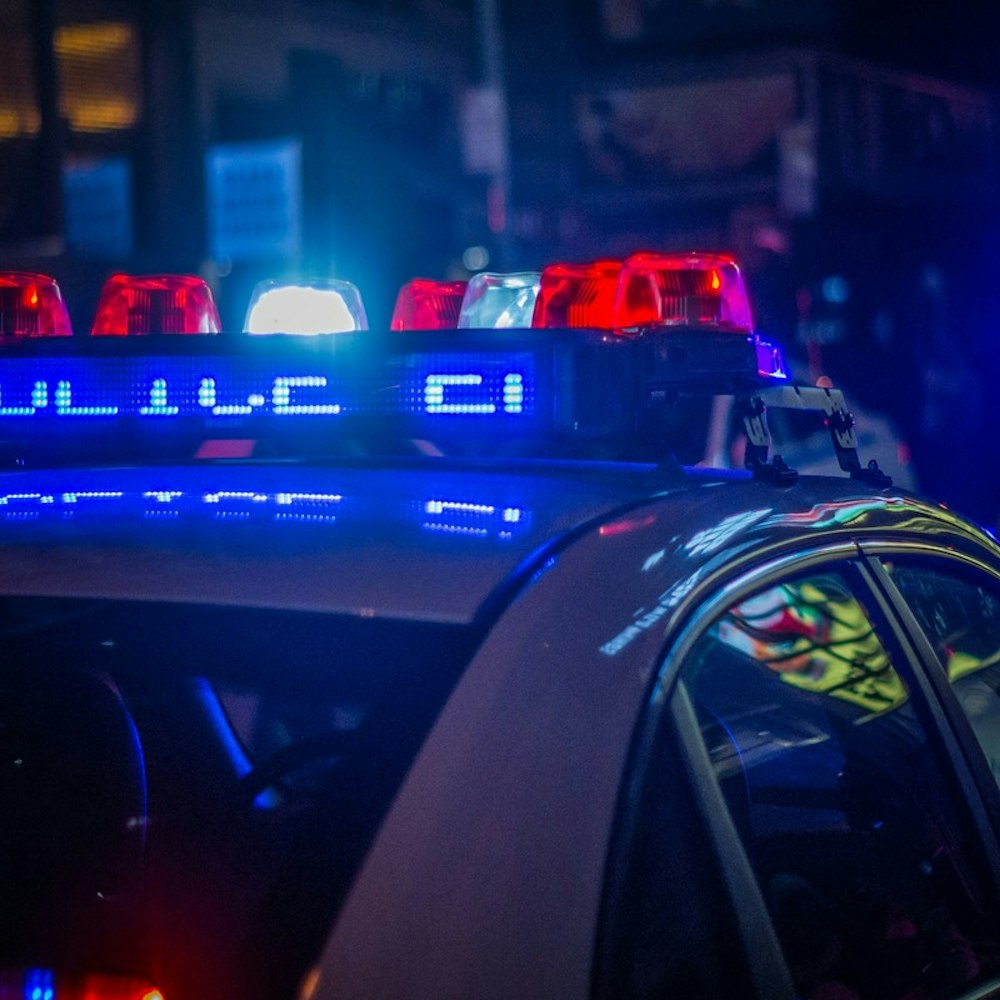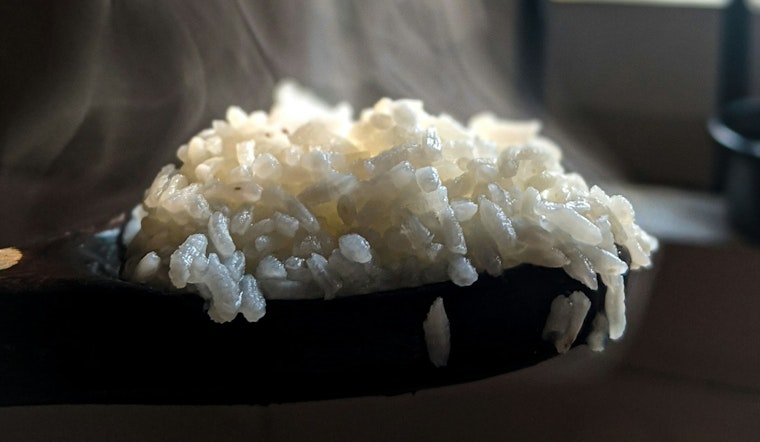
Millions of clicks and constant sharing on social media have magnified a common kitchen query: Is reheating leftover rice a one-way ticket to food poisoning city? The short answer, according to experts, is that eating reheated rice is safe if it's been handled properly. This comes off the back of a viral TikTok video, clocking a staggering 23.4 million views, spreading fright about the dangers of Bacillus cereus—a bacterium that can indeed turn your leftover rice into a digestive distress signal if not stored correctly after its initial stove-top rendezvous.
"The danger really isn't in the reheating part, it’s in that precarious time between the cooking and the storing," cautioned the purveyor of the viral wisdom—a video that's been shaking the internet's confidence in second-day rice dishes. Emphasizing the need to rapidly cool and refrigerate rice within a magic two-hour window, the video pinpointed the sweet spot to starve off B. cereus' unwanted advances.
As anxiety bubbles up among netizens, food safety organizations, and medical professionals stress that rice can say a cordial goodbye to room temperature as long as it's chilled posthaste. Remember, though, to warm it thoroughly before round two, VERIFY reported. The Food and Drug Administration and microbiologist Enzo Palombo both advocate firmly for the 'two-hour rule.' "After cooking a meal, if you're going to keep some of it to eat over the following days, refrigerate the leftovers promptly. There’s no need to wait for the food to cool," Palombo stated.
Moreover, the Cleveland Clinic's gastroenterologist Dr. Christine Lee has said that B. cereus spores "are usually harmless in small numbers," but can turn into a dangerous toxin factory if rice is left out for hours at a time. Proving just how serious rice reheating business can get, the Cleveland Clinic and the FDA cited the phenomena as "fried rice syndrome," a not-so-savory experience that can feature a medley of diarrhea, fever, and vomiting. Still, Dr. Lee urged rice lovers not to panic, ensuring that those following food safety guidelines can re-warm noodles without fear.
Similarly, the UK's National Health Service has advised quickly cooling the carby commodity ideally within one hour, and chilling it no more than a single day until the encore heating. They also underlined a critical commandment for rice revivalists, "When you reheat rice, always check that it's steaming hot all the way through," the NHS states. Furthermore, the single-reheat rule stands firm as a pillar of rice reheating protocol—double-dipping is strictly off the kitchen table.
Setting the record straight, both verified sources and food safety specialists agree that reheated rice can comfortably sit on the menu as long as it's been refrigerated swiftly and reheated rightly. The takeaway? Combat B. cereus with a quick chill and a thorough reheat, and your beloved leftovers will serve you well without the stomach-churning sequel.
